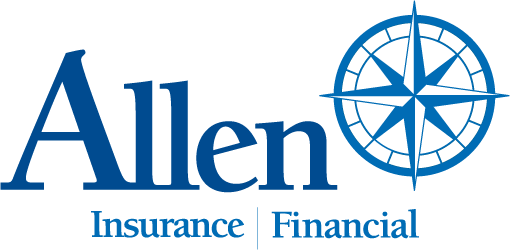

By Daniel Bookham for WorkBoat Magazine
We have all heard it a thousand times: Management engagement is essential for the success of any safety program. I dare say we all agree, at least conceptually, but like many noble ideas it doesn’t always survive first contact with the buzzsaw of daily operational priorities. What if we took this statement out of the ongoing grind and put it on the pedestal where it belongs? What if instead of treating management’s role in safety as an operational question we made it central to the values of the organization?
Elsewhere in our businesses we know that the captain, owner, CEO or senior management team define the desired culture of a company and cultivate it through leadership actions including setting objectives, strategies and key results that prioritize culture-building; these same people design the organization and its operational processes to support and advance the company’s purpose and core values. The mindset shift for those who have yet to put management’s role in safety front and center is therefore simple: Make it a core cultural value.
When management is engaged, it sends a clear message to employees that safety is a top priority. This can lead to several benefits, including reduced accidents and injuries, increased productivity, improved morale, reduced costs and − often overlooked − an enhanced reputation for safety and quality among peers, customers, regulators and insurance companies.
The philosophy and culture aspects are all well and good − but what about the how? To that end, here are some specific examples of how management can engage in safety programs.
Management can:
- Set a clear safety culture by consistently communicating the importance of safety to employees. This can be done through regular safety meetings, safety posters and other communication channels.
- Provide regular safety training to employees to help them learn about the hazards in their work environment and how to prevent accidents. This training should be tailored to the specific hazards that employees face.
- Ensure that safety is a part of performance reviews by including safety goals in employee performance plans. This will help to ensure that employees are held accountable for their safety performance.
- Hold employees accountable for safety by enforcing safety rules and procedures. This will help to ensure that employees are aware of the importance of safety and that they are taking steps to prevent accidents.
- Create a culture of open communication by encouraging employees to report safety concerns. This will help to identify and address potential hazards before they cause accidents.
- Reward employees for safe behavior by recognizing them for their efforts. This will help to encourage employees to continue to practice safe behavior.
By taking these steps, management can create a safe and healthy workplace for all employees.

